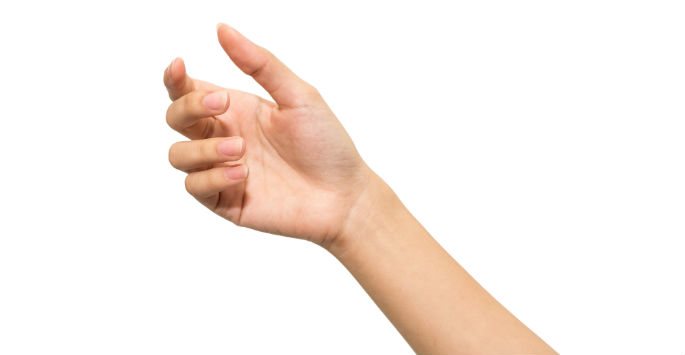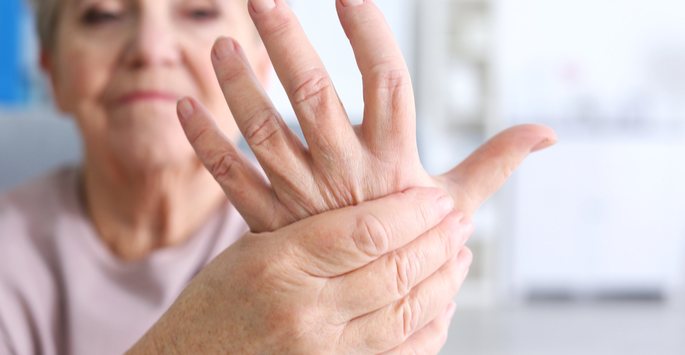A ganglion cyst is a fluid-filled sac that develops on the hands or wrists, as well as occasionally on the feet. These growths affect the joints or tendons and range from the size of a pea to an inch in diameter. They may have either a firm or soft, spongy feel. You might notice one large growth or several small growths in the same area. While some ganglion cysts are symptom-free, others cause pain or weakness by pressing on the nerves. If you are bothered by this type of growth on your hand or wrist, we invite you to learn about your treatment options in the greater Detroit area.
What Causes a Ganglion Cyst?
Experts aren’t exactly sure why this type of cyst develops. They are more common in women ages 20 to 40, people who have osteoarthritis, and those who have suffered an injury to the affected tendon or joint.
How is this Type of Cyst Diagnosed?
Our doctor may first physically examine the cyst and see how it responds to pressure. In some cases, he may order certain imaging tests to confirm the diagnosis by ruling out related conditions such as arthritis.
How are Ganglion Cysts Treated?
If the cyst does not cause pain or interfere with hand movement, you don’t necessarily need treatment. But if you are bothered by the growth, several treatment options are available in the Detroit area. Our doctor may immobilize the cyst with a brace or splint, which can cause it to shrink and eventually disappear. It is sometimes sufficient to completely drain the cyst, though it may regrow over time with this approach. Other procedures may be performed if other treatment options are ineffective, if the bump is large and solid, or if a major blood vessel is affected.
Contact Us Today to Learn More
If you are bothered by an unusual growth on your hand or wrist, you should only visit a qualified hand specialist in the Detroit area. Look no further than Dr. Arora at Arora Hand Surgery in Howell, Macomb Township, Warren, or West Bloomfield. He can perform a thorough examination and determine the best course of treatment for your ganglion cyst. Contact us today to schedule a consultation and get started!





















